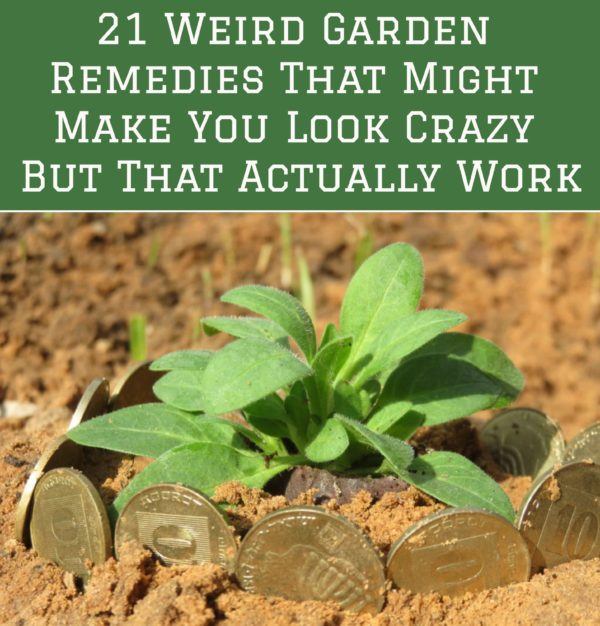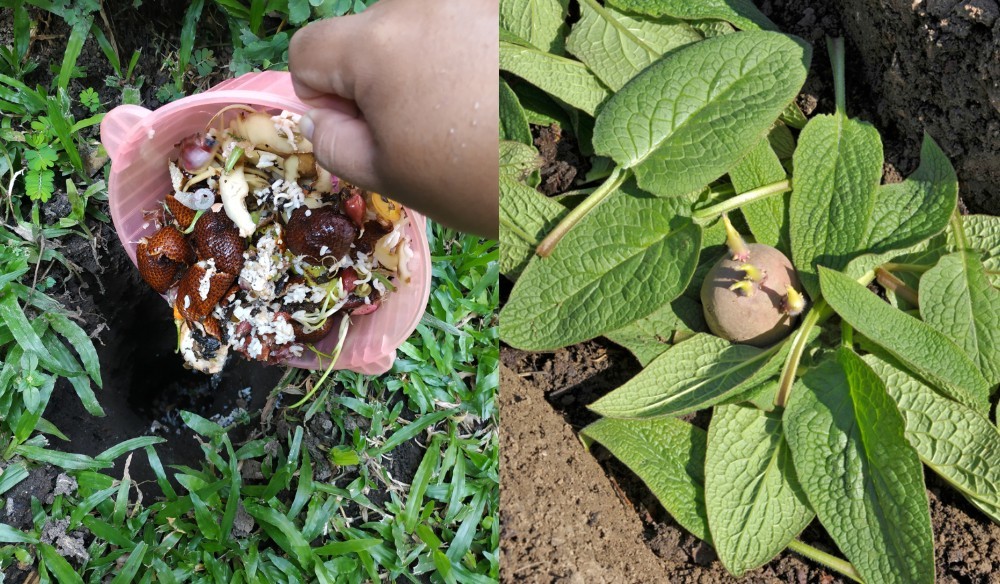
Organic gardeners will often go to any length to keep their plants happy and safe, but without the use of harmful chemical fertilizers and pesticides.
Here are some old tricks and a few new ones using common household substances that can make a gardener’s’ life easy and keep plants happy and healthy in a natural and non-toxic way.
Don’t be fooled by the strangeness of some of these organic garden remedies. As odd as they may seem, they are effective measures that have been put to the test over time!
To improve soil:
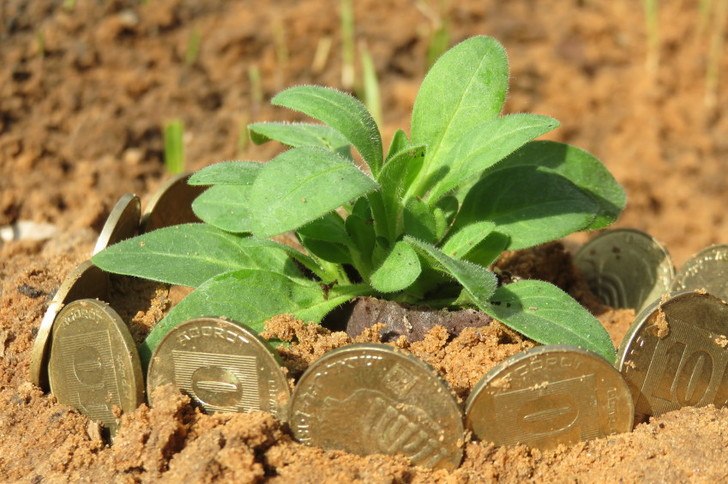
1. Use your pee to fertilize plants
Organic gardeners do not want to waste any of nature’s bounty, and that includes nitrogen-rich urine.
The composition of urine varies from person to person, but it generally has an NPK ratio of 11-1-2. The nitrogen found in human urine ensures lush foliage growth; hence, it is best for greens and grassy plants like corn.
The high salt content may scorch the plants if you pee directly on them, so it is better to do it a little away from the base of the plant.
Better still, collect the pee and dilute it with 10 times water before applying it to the root zone. For tender plants and seedlings, dilute it further.
Further Reading: 10 Organic Recipes To Make Fertilizer For Your Garden
2. Bury your kitchen waste in the garden
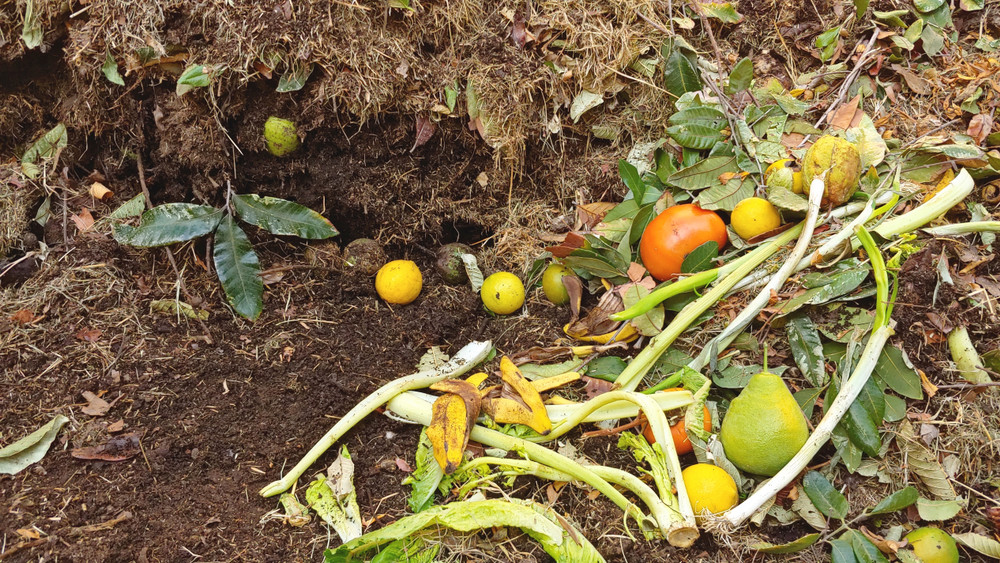
Whether you have a compost pile or not, you can utilize every bit of kitchen waste in the garden.
Make a long ditch 1 foot deep between rows of vegetables to receive the waste. Start dumping the kitchen waste of each day from one end of the ditch.
The soil from the ditch piled along its edge can be used to cover up the waste as soon as it is deposited so that there would be no bad smell or fly problem.
When the entire length of the ditch is covered up, you will have a slightly raised bed.
You can plant the vegetables on this raised bed the following year, making another ditch for the wastes.
3. Weed tea as fertilizer
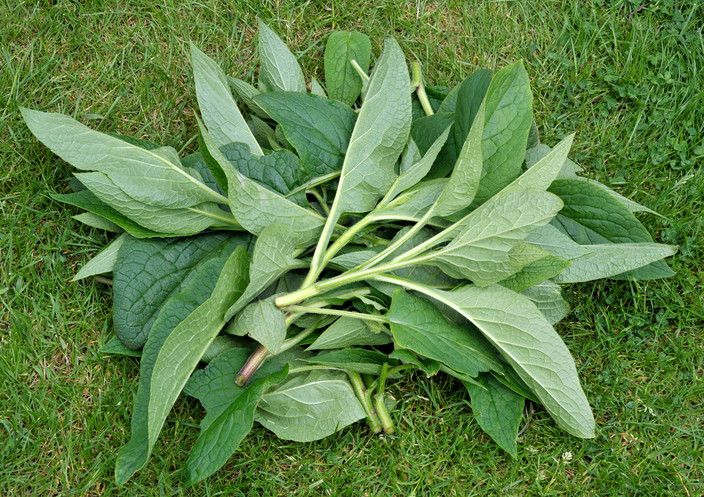
Brew a weed tea fertilizer to take sweet revenge on the weeds that rob your garden plants of nutrients. Cut up the weeds and dunk them in a tub of water kept in the sun.
In a few days, a nitrogen-rich green tea will be ready. Use it as soil fertilizer or foliar spray.
Comfrey (Symphytum officinale) can be used the same way to make excellent fertilizer whether you grow it for medicinal purposes or not.
You can use the whole plant to make the tea.
Its deep roots bring up nutrients from the deeper layers of soil and make it available to other plants.
4. Vinegar as weed killer
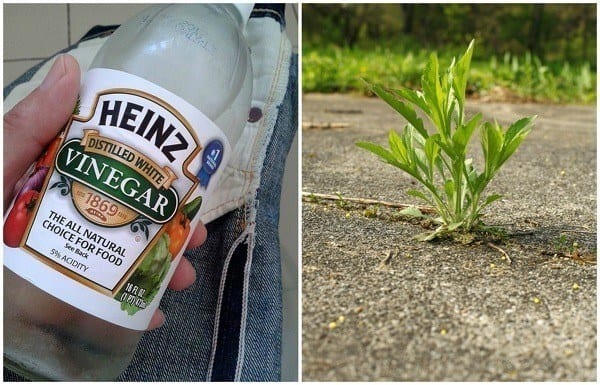
Image Credit: Perry Goh @ Flickr
Most organic gardeners do not like to use herbicides in their garden, but they may have second thoughts when their gardens are run over by weeds.
Vinegar is an environment-friendly alternative to chemical weed killers.
Pour some vinegar into a spray bottle and drench the weeds with it. Do this on a hot, sunny day for best results.
The acid will scorch the weeds and kill them in a few days.
Water the area afterward to remove excess acidity or sprinkle baking soda on soil to neutralize it.
Further Reading: Weed Control: 11 Natural Ways To Kill Weeds
5. Add oyster shells and eggshells to your garden beds
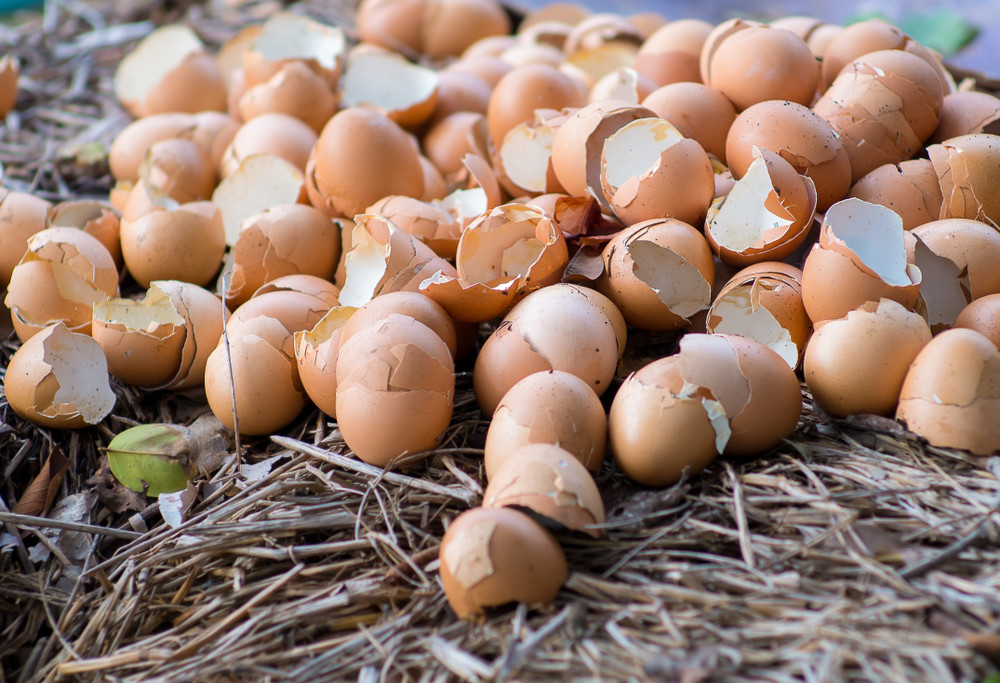
Crushed shells of oysters and eggs make slow-release fertilizers that will keep your garden soil sweet and healthy.
Crush them with a rolling pin to make the pieces as small as you can.
The calcium carbonate in the shells makes the soil alkaline, so use it around plants that love alkaline soil.
Further Reading: 6 Clever Ways To Use Eggshells In The Garden
6. Adjust pH with wood ash and coffee grounds
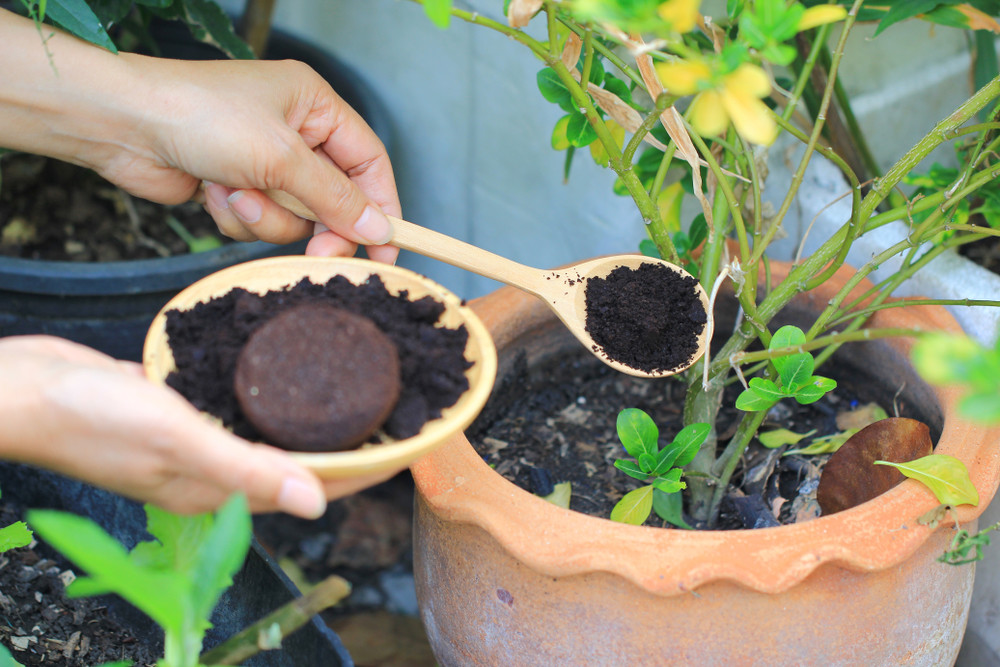
When you grow different types of plants in your garden, their pH needs may vary.
Large-scale soil amendments should be aimed at bringing the pH to as closer to neutral, but spot treatments can be used to keep individual plants happy.
Wood ash from wood burning stoves and fireplaces can alkalinize the soil in your asparagus patch and vegetable beds growing broccoli, beans, and beet.
Coffee grounds can be used around ericaceous plants like roses, azaleas, and rhododendrons.
Further Reading: 12 Clever Ways To Use Wood Ash In The Home & Garden
To promote plant health:
7. Play music for your plants
If you have been talking to your plants, as every conscientious gardener should, you can step it up with a bit of music.
Several plant biologists who have studied the effect of music on plant growth have come up with predictable results.
Plants show their affinity to music by putting out better growth.
And, if the experiments by Dorothy Retallack are anything to go by, they even lean towards the speakers that play the kind of music they like.
As far as likes and dislikes, it has been observed that plants prefer classical music to country music; they love jazz, but hate rock.
Well, whether you believe it or not, DeMorgenzon vineyard in South Africa plays baroque music and Paradiso di Frassina in Tuscany Italy plays selected classical pieces to their grapevines to aid their growth and maturity.
8. Drive a nail into a tree to make it yield
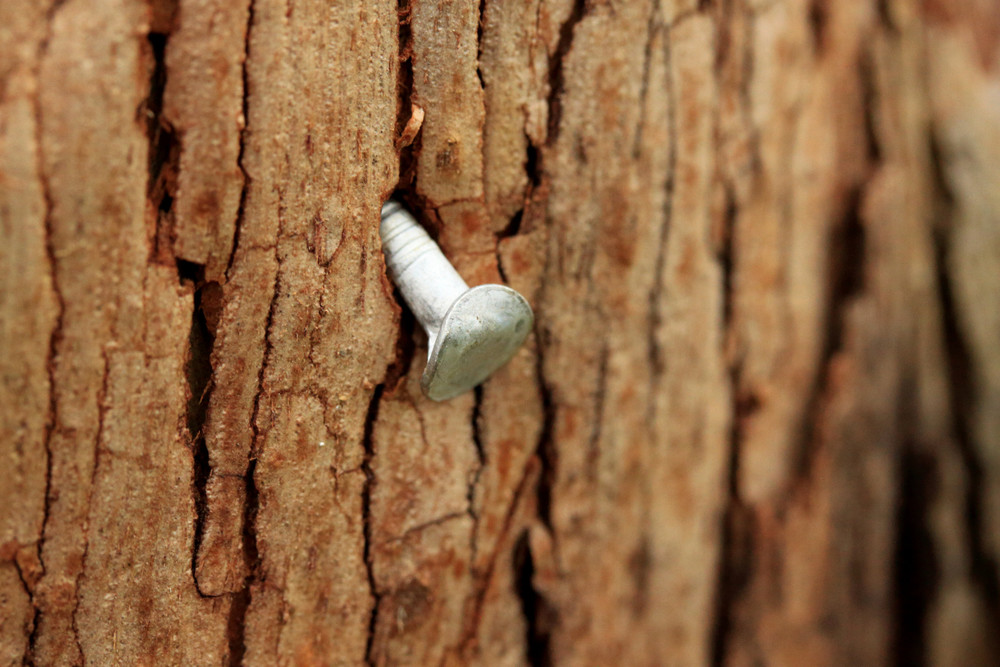
The old practice of driving a nail into a tree is reportedly quite effective in jolting a tree into flowering and fruit set.
Old apple trees that have stopped producing could be coaxed to flower by driving a nail into its trunk. In India, they do this to coconut trees to make them bear fruit.
If you have a fruit tree that refuses to bloom, you can try this trick. Nails in trees usually do not cause any damage to the trees.
Their self-healing mechanism produces scar tissue to enclose and isolate these foreign bodies.
9. Improve fruit set with Epsom salt
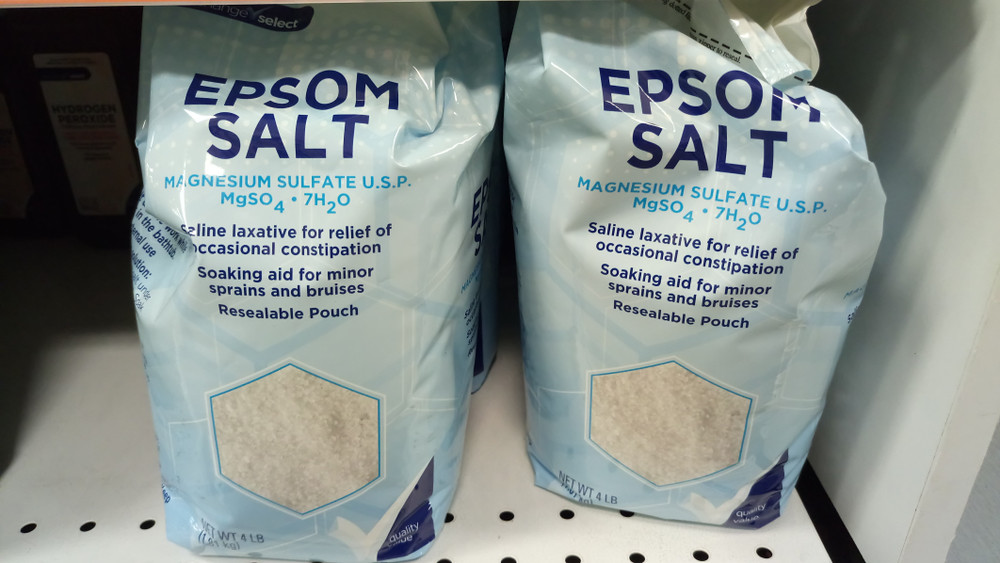
If you find your pepper plants dropping fruit, turn to Epsom salt. You will see a definite improvement in fruit set almost immediately.
The magnesium in the Magnesium sulfate salt could be doing the trick.
Magnesium is an important component of chlorophyll – as important as iron is to the hemoglobin in our blood.
To make a foliar spray of Epsom salt, mix 2 tablespoons in a quart bottle of warm water and shake well to dissolve.
Spray the pepper plants once every two weeks from the time they start flowering until the fruiting is over.
Alternatively, you can sprinkle Epsom salt crystals around the plants once a week.
Further Reading: 10 Genius Ways To Use Epsom Salt In The Garden
10. Rusty nails in watering can will help fight iron deficiency
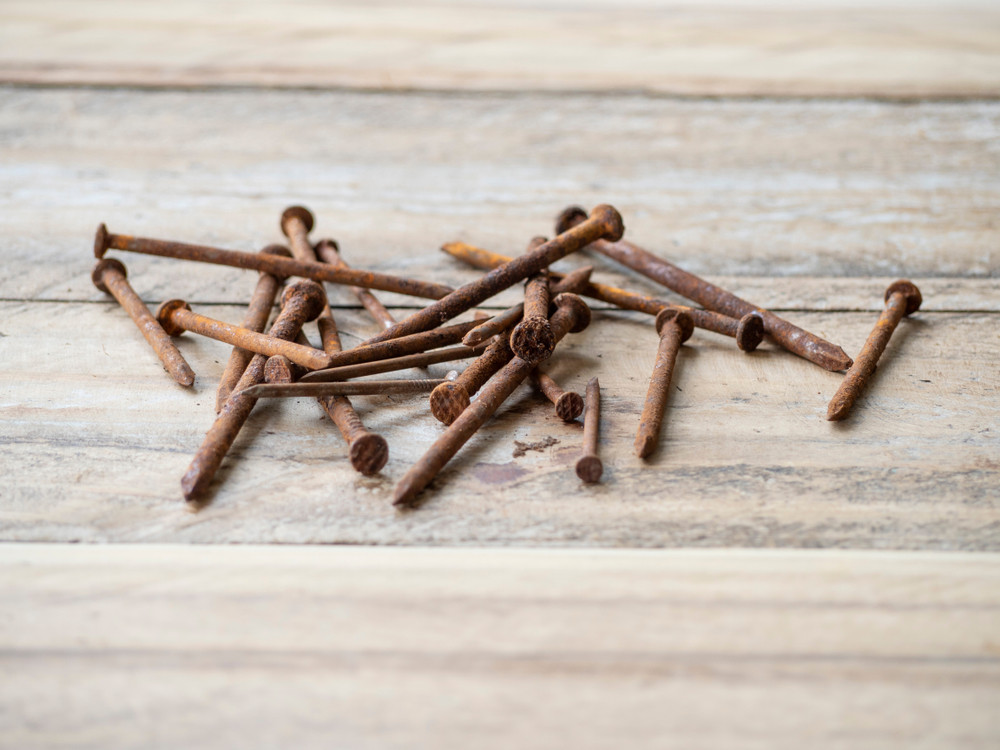
Iron is necessary for healthy plant growth. Deficiency of this mineral causes a condition called iron chlorosis.
A typical symptom is yellowing of leaves with their veins remaining green.
More often than not, it is the inability of the plants to absorb the iron from the soil, rather than the absence of iron in the soil that results in iron chlorosis.
Excess phosphorous in the soil or high pH could be preventing the absorption of iron from the soil.
While long-term measures to amend the soil are preferred for lasting results, spraying the plants with iron-rich water can be a quick-fix.
A few rusty nails in the watering can will ensure a regular supply of iron.
11. Coconut water for root development
The clear liquid inside the coconuts (some call it coconut milk, but others refer to it as coconut water) is rich in minerals, but what makes it interesting to the die-hard organic gardener is its capacity to enhance root development.
You can do away with synthetic rooting hormones and use coconut water rich in gibberellic acid and cytokinins to increase germination of seeds and root development in cuttings.
12. Extend growing season with tubs of water
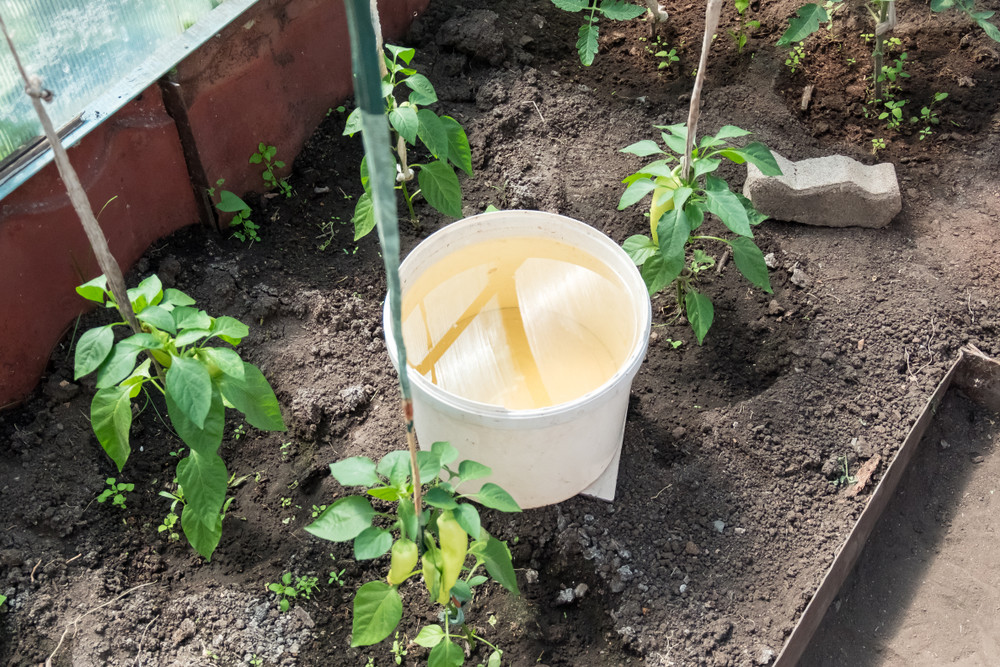
You can regulate the microenvironment in your garden with tubs of water.
Solar radiation warms up the water and the garden soil during the day.
While the soil quickly cools down in chilly evening weather, it takes much longer for the water to release the stored up heat.
Water acting as heat sink keeps the garden a few degrees warmer, giving your plants a bit more time to grow before winter takes over.
Water tubs are most effective in controlled environments within plant tents. Cover the tubs with black plastic sheeting to prevent water loss through evaporation.
This will help in better absorption of heat energy too.
To fight diseases:
13. Fight fungal diseases with baking soda
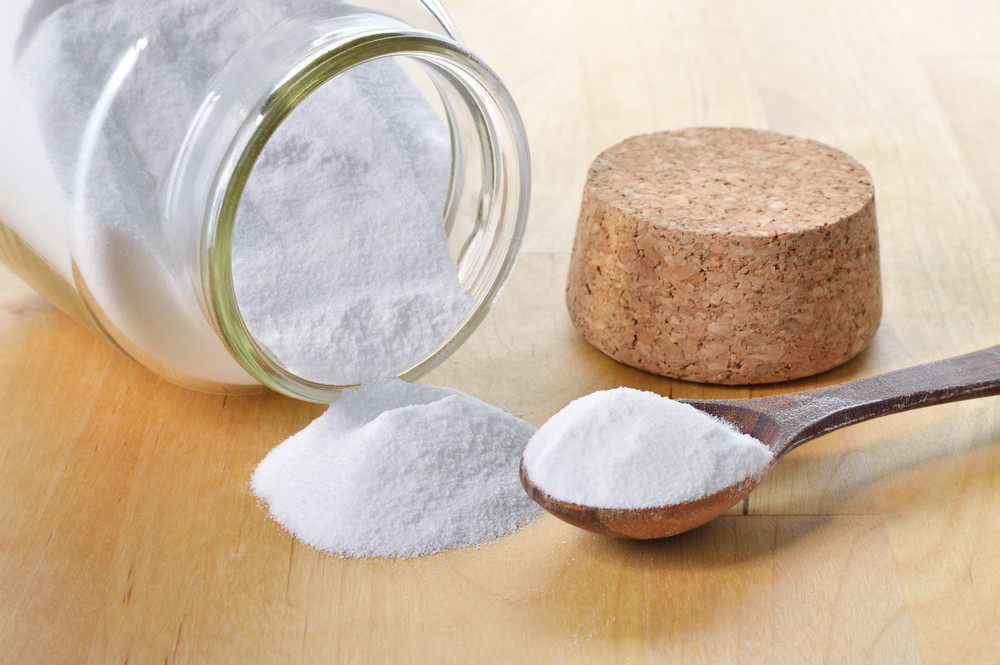
Fungal infections are all too common in the garden, but most fungicides are so toxic that you’d be reluctant to use them on your plants, especially vegetables, and houseplants.
Baking soda has many uses in and around the house, including making a relatively inexpensive and non-toxic anti-fungal spray.
It is easy to make and use as and when you see a mildew attack on a tomato or cucumber plant.
In a gallon of warm water, mix one tablespoon of baking soda and use this solution in a sprayer. Soak the entire plant with this solution and allow it to drip down and drench the soil around the plant.
14. Feed your plants some milk
Milk is a nutritious food not just for animals. Plants can benefit from an application of milk every now and then.
Some people are known to inject milk directly into the plant stems. Laura Ingalls describes how this old trick was used to grow a prize-winning pumpkin in Farmer Boy.
The less adventurous can try a foliar spray or root zone soak of diluted milk instead.
Farmers in New Zealand successfully use milk at 20% dilution to combat powdery mildew in Zucchini.
In India, it is used to grow stronger plants and increase yield.
Although milk seems to be beneficial at lower dilutions, it can have adverse effects when used at higher concentrations.
Bad smell from decomposing milk can be a problem, so there should be sufficient interval between applications to allow its complete breakdown.
15. Bury some pennies in the garden
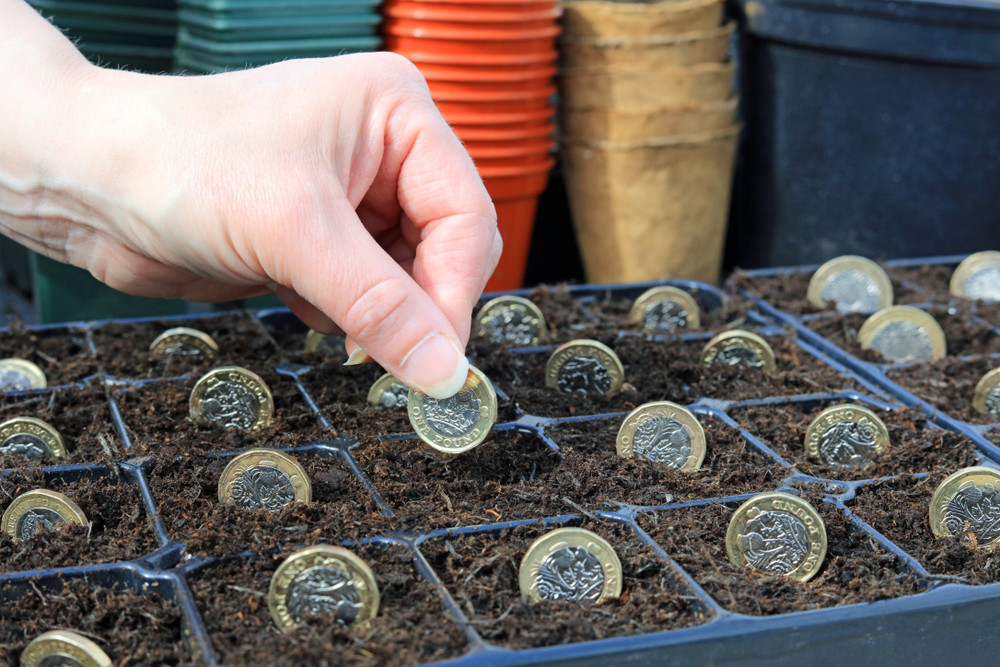
Not exactly burying treasure but a few coins buried here and there can keep your soil healthy and your plants safe from fungal infections.
Not all coins would work, but only those containing copper.
Copper is a well-known fungicide. The common fungicide Bordeaux mixture is prepared from copper sulfate and lime.
When coins containing copper are buried in the soil, the metal slowly leaches from them, destroying fungal spores in the soil.
For bug control:
16. Medicate your plants with aspirin
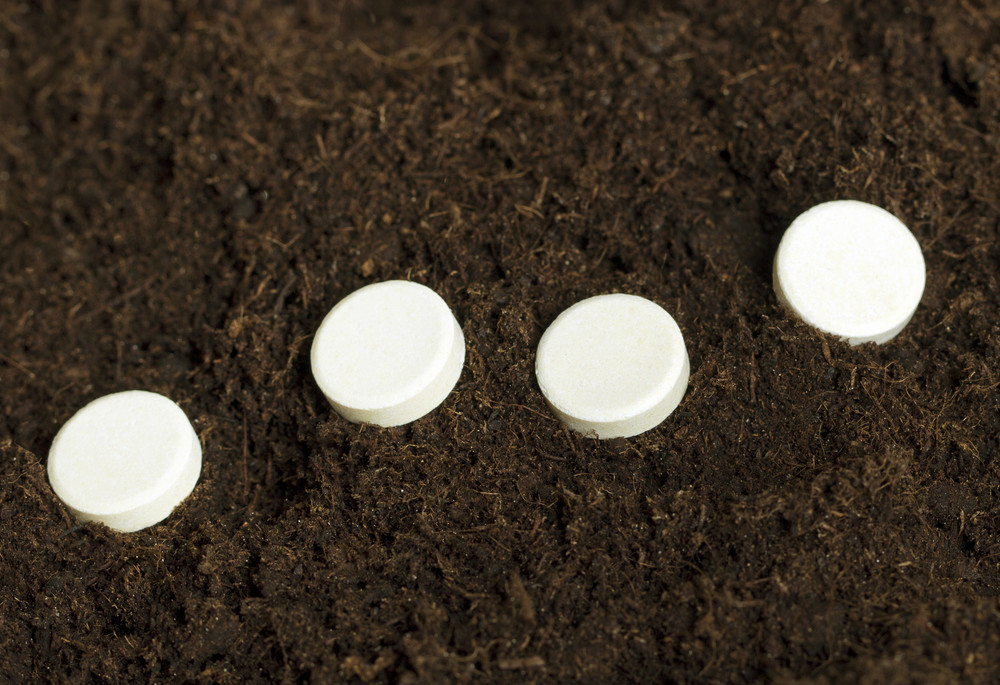
Aspirin is often tossed into flower vases to increase the life of cut flowers.
But it has been found that a dose or two of aspirin can make the plants more disease resistant.
The salicylic acid in the aspirin is credited with priming the plants to fight against bacterial infections and insect infestations.
The reaction is similar to that triggered by Messenger, a commercial product used to prepare plants against pests and infections.
Dissolve one or two aspirin pills in a gallon of water and spray it on the plants once every 2-3 weeks. Do not overdose. Too much of aspirin can damage the plants.
17. Get rid of aphids with soap and water
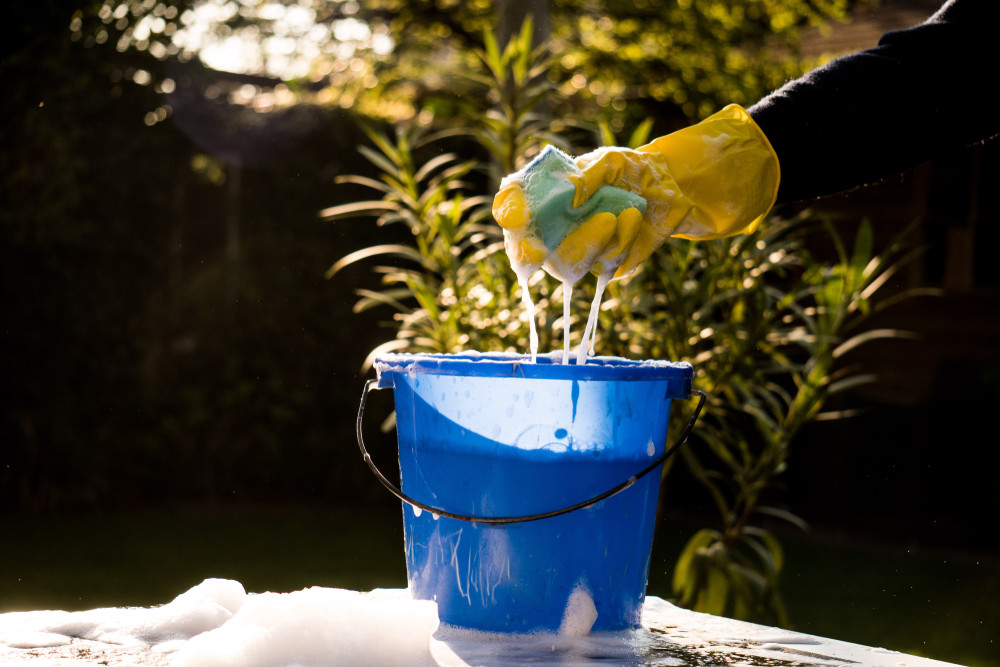
These sap suckers can colonize your plants in no time with the help of the ants who like to milk them. They multiply fast, so action should be taken as soon as possible.
A nice bath with soap and water will take care of mild infestations.
The oil-cutting formula of dish soap comes handy here to remove the waxy coating on the aphids, making their soft bodies vulnerable to dehydration.
Add two tablespoons of high-suds dish soap in a gallon of water and mix well. Use this mixture to spray the infested plant, taking care to spray under the leaves too.
Further Reading: 12 Organic Ways To Get Rid of Aphids
18. Let Neem protect your plants from pests
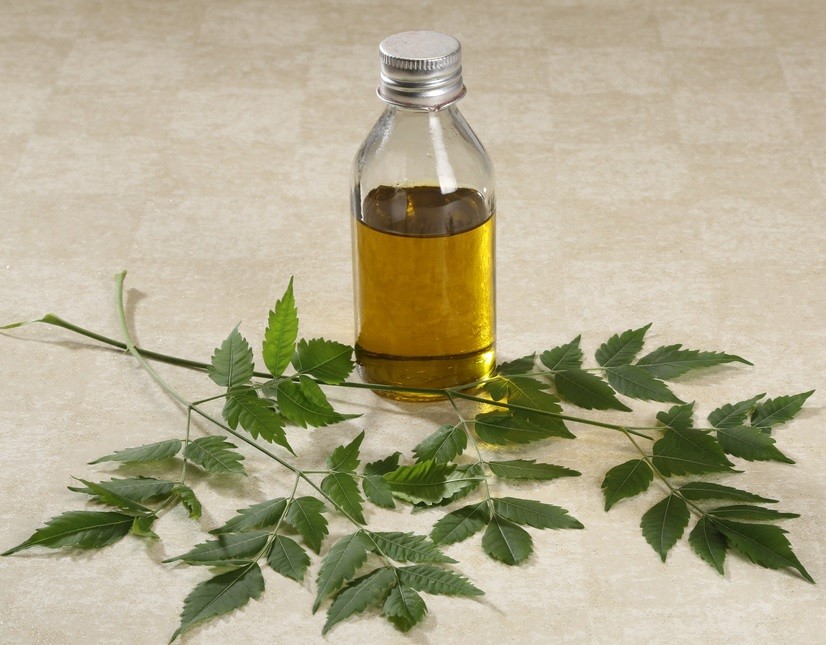
Neem oil extracted from the seeds of the Neem tree is the best way to keep your edibles safe from pests.
It acts more as a repellent and preventive than a contact poison.
Neem oil interferes with feeding as well as the development process of the insects, making them incapable of proliferating.
To make a spray, add a few drops of any detergent to a quart of warm water and then mix in a teaspoonful of Neem oil – such as this one.
Shake well and spray liberally on the foliage, drenching the plant and the surrounding soil. Use within 8 hours of preparation.
Repeat the application once every week.
19. Bring in some guests to feed on the pests
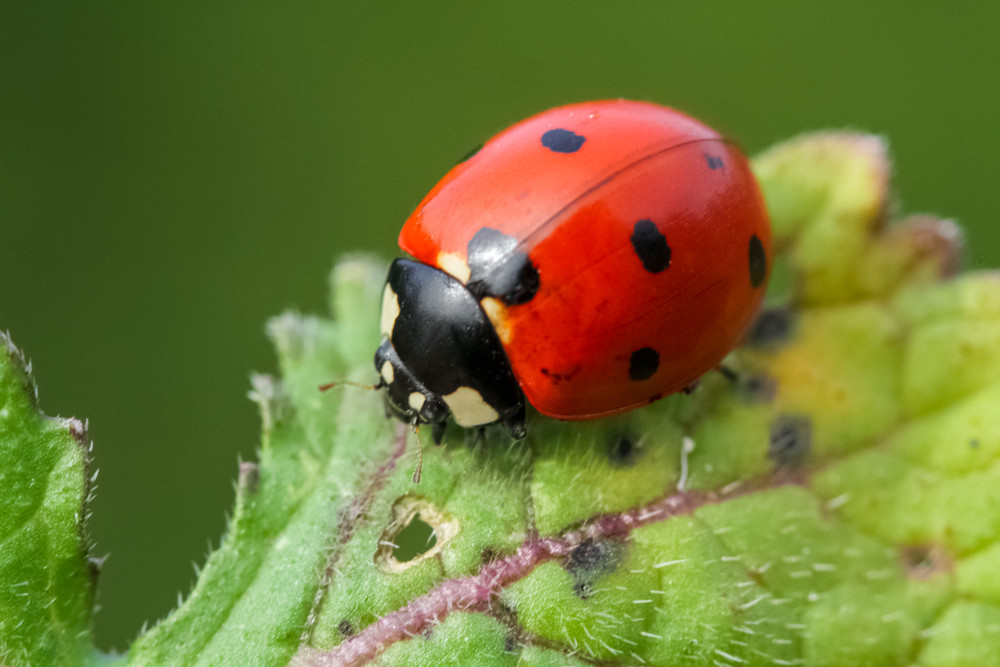
One or two pests in the garden may not do much harm, but an army of them can decimate lush growth within a few days.
Keep the pest population under control by introducing natural enemies.
One way to do it is by buying aphid eaters like ladybug beetles and Lacewings from garden supply stores or online.
To compliment this, grow some plants like clover and yarrow and herbs such as mint and fennel that these beneficial insects love.
20. Use cola as insect traps
When you drink cola, leave some in the bottle to be used as an insect trap.
Hang up the cola bottles from fruit trees bothered by insect pests. Insects will enter the bottle to drink the sweet liquid and perish there.
Sugar syrup and molasses, with or without borax, can be used in the traps as well. Since these traps can kill pollinators as well, they shouldn’t be used during the flowering period.
21. Control ants in the garden with borax and honey
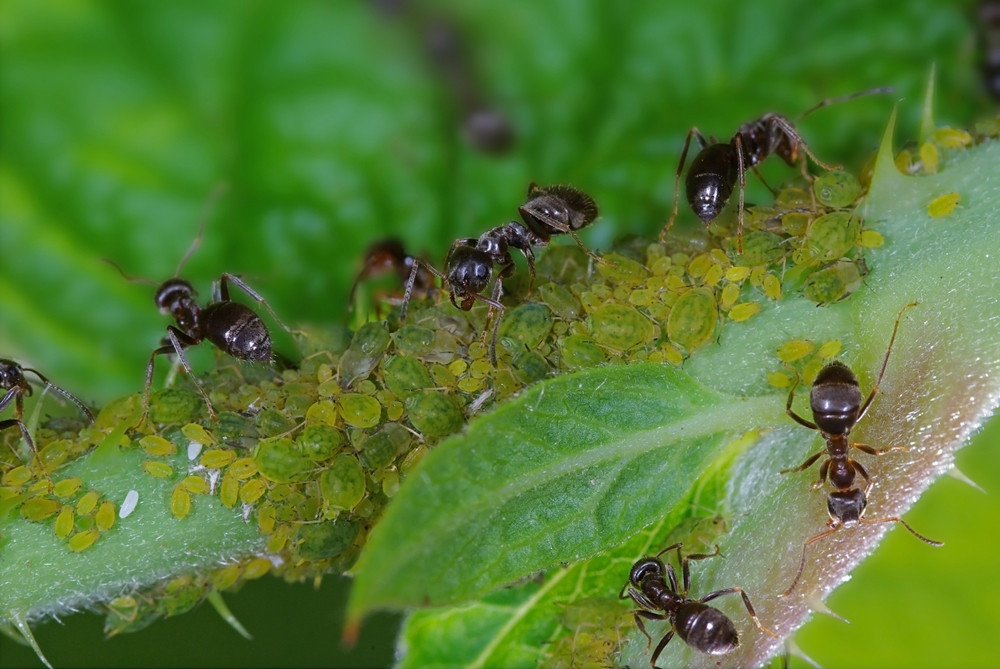
Ants by themselves may not do much damage to a garden unless they make large-scale anthills and tunnels, but their aphid farms can do quite a bit of damage.
Ants have a vested interest in these soft-bodied pests that suck plant juices and secrete the honeydew cherished by the ants.
The ants carry them to tender buds and growing tips of plants where they proliferate, destroying crops. If you can control the ants you can control the aphids.
To make an organic ant killer, mix honey and borax to form a paste. Sugar syrup or peanut butter can be used instead.
Identify the plants infested with aphids and apply borax paste around the base of their stems.
Ants going up and down the plant will get dehydrated by consuming the borax. They might even carry some home, causing the destruction of their colony.
Pin This To Save For Later
